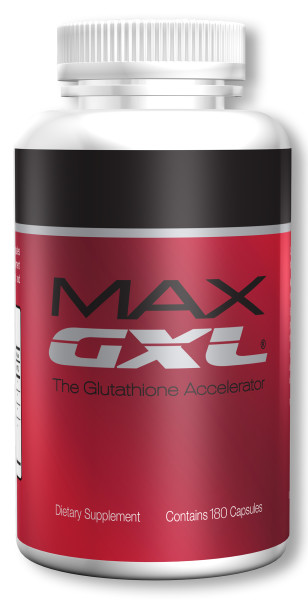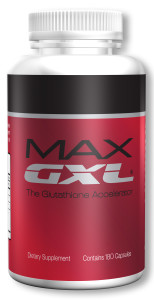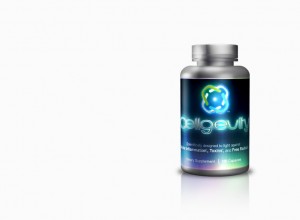The liver is your body’s detoxification center. Think of it if you’d like as your systems washing machine. It isn’t a particularly glamorous job and the liver is rarely acknowledged along with organs like the brain or the heart for the valuable work it does. The simple fact however, is that without your liver’s cleaning action, countless toxins, including environmental pollutants, chemical food additives, impurities in the water, smoke, bacteria, fungi, parasites and viruses will spill into your bloodstream and be free to travel through the body to attack the heart, lungs and brain.
In addition to protecting us from the onslaught of toxins from outside of our body, the liver protects us from toxins that we produce. Toxins can result from nutritional deficiencies, which are becoming increasing – and truly – inexcusably more common, because of poor eating habits and some of our conventional farming practices that are resulting in nutritionally deficient foods. Unfortunately, the body has an outstanding storehouse for toxins. We can store toxins in our fat, literally for years and then, in times of stress, or fasting, or dieting or even as a result of what should be healthy exercise, we finally metabolize those fats and release the toxins back into our bloodstream. The sudden influx puts great pressure on our livers.
It’s also impossible to mention the liver and not also mention Cirrhosis, the name that refers to end stage liver disease where years of chronic inflammation, usually (but not always) caused by one specific toxin – alcohol- have created such an extensive build up of scar tissue that there simply isn’t enough of the functioning liver left to do its job. The result is death (unless you get a transplant). Liver Disease is the 4th leading cause of death among 30-50 year olds.
Antioxidants are vital to the health and functioning of the liver in two key ways- to remove toxins from our body and to protect it.
Antioxidants help the liver cleanse toxins from the blood. In other words they support the detoxification function itself. During the second phase of detoxification, the liver releases large amounts of enzymes and antioxidants, including glutathione into the body in order to neutralize the toxins that have not already been modified by the liver directly in the first stage. You see, the liver can only do so much and it (along with the rest of the body) relies on antioxidants to cleanse toxins and free radicals before they can build up.
When the level of glutathione falls, usually as a result of a sustained intake of toxins, the liver is not able to do its job properly. It can become damaged by free radicals, all too soon reaching a state of oxidative stress that, among other things can result in inflammation. Left too long, in an attempt to protect itself, the liver produces scar tissue and the Cirrhosis cycle begins.
Unfortunately, chronic alcohol abuse is not the only source of toxins that can damage our liver. Let’s face it, our world and our lives are filled with toxins and stressors, so taking steps to protect the health of our liver is vital.
When you boost your level of antioxidants and your production of glutathione you’re helping your liver clean toxins from your blood and you’re ensuring that it can support your other organs by releasing key antioxidants like glutathione throughout your body to prevent systemic damage from oxidative stress. You’re also ensuring the liver has enough glutathione to protect itself from the damage that can be caused by free radicals and the heavy load of toxins we deal with. A stressed, inflamed liver affects the health of every organ in your body.
Eat a healthy diet, rich in raw fruits and vegetables. Cut down on stimulants like caffeine and on depressants like alcohol and nicotine. Drink at least 2 quarts of water a day and in addition to ensuring that your body has a rich supply of antioxidants, you might also with to consider supplementing your diet with digestive enzymes like Protease, Lipase or Amylase to aid in your digestion of proteins, fats and carbohydrates. When your digestive system works effectively it reduces the toxins that your liver needs to manage.

 packaging. Launched in November and coming as quite a surprise to those who were expecting to see their favorite red box show up with their autoship, the new MaxGXL features all 180 caps in a monthly dose packaged in a plastic bottle.
packaging. Launched in November and coming as quite a surprise to those who were expecting to see their favorite red box show up with their autoship, the new MaxGXL features all 180 caps in a monthly dose packaged in a plastic bottle.
